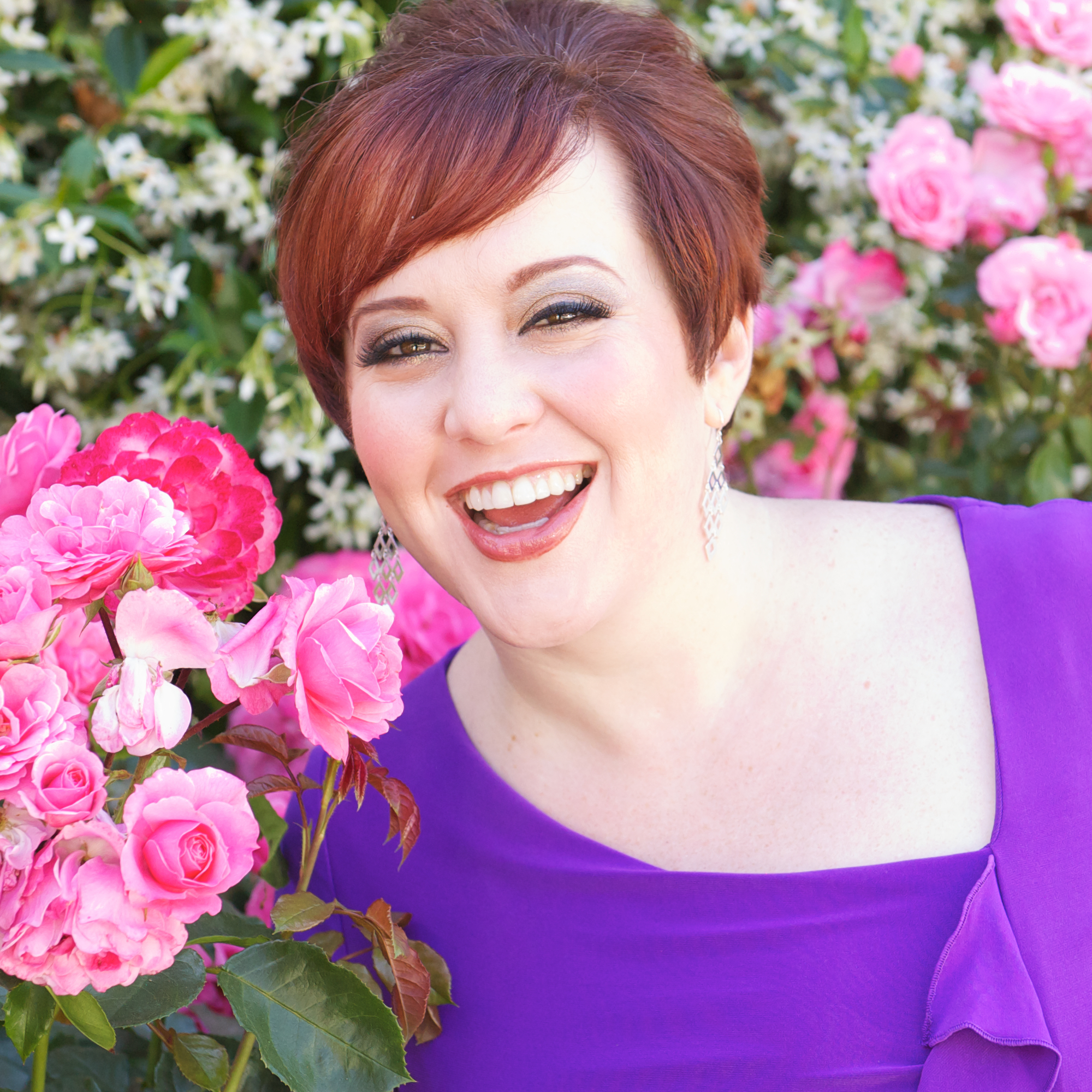
Stress Relief That’s As Easy As Breathing
Stress is a huge obstacle to productivity and work-life balance. These practical stress reduction techniques are part of the process Ariana Ayu shares in her new book to help business owners achieve truly fulfilling success.
In her new book, The Magic of Mojo: The Creative Power Behind Success, Ariana Ayu teaches entrepreneurs and other high-achieving individuals to tap into your mojo for greater personal AND professional success. In this excerpt, she shares simple techniques to help you reduce stress and relax your body, which helps you stay focused and increase both your efficiency and productivity.
If you can breathe, you can consciously relax your body. It’s that simple. There are more breathing techniques than there are traditions that teach them, and you could spend a lifetime just exploring them all. I believe in starting with the easiest, most basic techniques, because when you’re under pressure, unless you practice it regularly, a complicated practice is likely to be forgotten.
Start by noticing the pattern of your breathing right now. Are you breathing slowly, deeply, quickly, shallowly, or hardly at all? Are you yawning? (You just did, now that I mentioned it, didn’t you?) Are your inhalations and exhalations the same duration, or is one longer than the other? Are you breathing through your mouth, your nose, or a combination of the two? Do you pause between the inhalation and exhalation, between the exhalation and inhalation, or both?
If you’re like many people, this may be more than you’ve thought about your breath in your whole life. Did you realize how many different factors made up your normal breathing pattern?
Once you’ve identified your normal breathing pattern, we’re going to play with it a bit so you can experience how changing different aspects of your breathing changes the way you feel.
First, consciously make your inhalations last a little longer. Notice how it feels when your inhalation is longer than your exhalation. Then, make your exhalations a little longer. How does it feel if your exhalation is longer than your inhalation? Next, count out the timing of your breaths. Practice counting in for four counts and out for four counts. Now, try breathing in for four and out for six, or in for six and out for four. Then, add a one-count pause between the inhalation and exhalation or vice versa. You can try breathing just through your nose, just through your mouth, or alternating. You can also try breathing alternately through each nostril.The variations are endless! Just don’t breathe so quickly that you hyperventilate.
Most people know that taking long, slow, deep breaths are relaxing, but did you know that different types of breaths can stimulate your nervous system to help you relax or be more energized? Longer inhalations through your nose stimulate your sympathetic nervous system (sympathetic = stimulating), while longer exhalations through your nose stimulate your parasympathetic nervous system (parasympathetic = peaceful). Another helpful tip is to allow your imagination to guide your breath deeper: when you inhale, imagine your breath going all the way down to the bottom of your abdomen. Don’t allow your shoulders to rise, instead, feel your rib cage expanding out around you like a tire or an inner tube. Then imagine the breath going further–all the way down to your feet.
Another breathing visualization I find particularly helpful when I have a headache is the following:
As you breathe in, imagine your breath is being drawn up from the earth and coming all the way up your body and out the top of your head. When you breathe out, imagine it falling down around you like a gentle rain. Do this five to ten times or until it feels very comfortable.
Next, upon inhalation, imagine your breath being drawn down into your body from the sky and out the bottoms of your feet. Upon your exhalation, imagine it coming up around your body like a gentle mist rising from the ground. Do this five to ten times or until it feels very comfortable.
Finally, alternate the breaths. Imagine the first pair coming up from the ground and falling down around you like rain. Imagine the second set of breaths coming down from the sky and going up around you like a mist. Repeat as desired until you feel calm and relaxed.
I have given you lots of breathing variations, and there are many more you can find on your own. They can be as simple or as complicated as you like. With any of these, the key is to find what feels most relaxing and nurturing to you and practice it regularly. As you do, you’ll get better at relaxing and will develop a greater sensitivity to your own body, mind, and spirit. This is the key to relaxation; once you master your breath, you’ll find it much easier to relax and eventually meditate.
When I worked as a nursing instructor, I used to teach my students breathing exercises both for their benefit and as a pain and stress-reduction technique for their patients. One of my most cherished memories is the first time a student told me they used the breathing techniques I taught them with a patient. The patient’s anxiety and pain decreased in a matter of minutes, and the patient felt empowered because he had a technique he could use himself.
That’s how powerful your breath is; it can reduce physiological pain, increase relaxation, help you fall asleep, and decrease stress. No tools, training, or special techniques required. And if all else fails, remember this: Simply focus on taking slow, deep breaths. In a pinch, that will be enough!
This article was originally published on Inc.com in February 2016.

Author, activist, international speaker, multi-preneur, mentor, wife, and mom, Ariana Ayu is a Transformational Mystic and a Catalyst for Conscious Change.
She is the creator and lead educator for the CannyNurse™ Certificate Program, a 50-hour CEU program for nurses from LPNs through doctoral degrees, and the first comprehensive cannabis nurse training program designed for working nurses. An ordained priestess, holistic healer, and lifelong student of ancient/ modern wisdom, Ariana’s nursing background includes pediatrics, labor & delivery, nurse education, and Holistic Health/ Integrative Nurse Coaching.
She earned her MSc in Advancing Nursing Practice from the University of Edinburgh in Scotland (UK), and her Cannabis Nursing Certification from Pacific College of Health and Science.
She is passionate about racial justice, social equity, environmental preservation and conservation, and empowered health, wellness, and joy for all. Her practice is governed by the ethical principles of integrity, nonjudgment, empowerment, and respect for her clients’ autonomy.